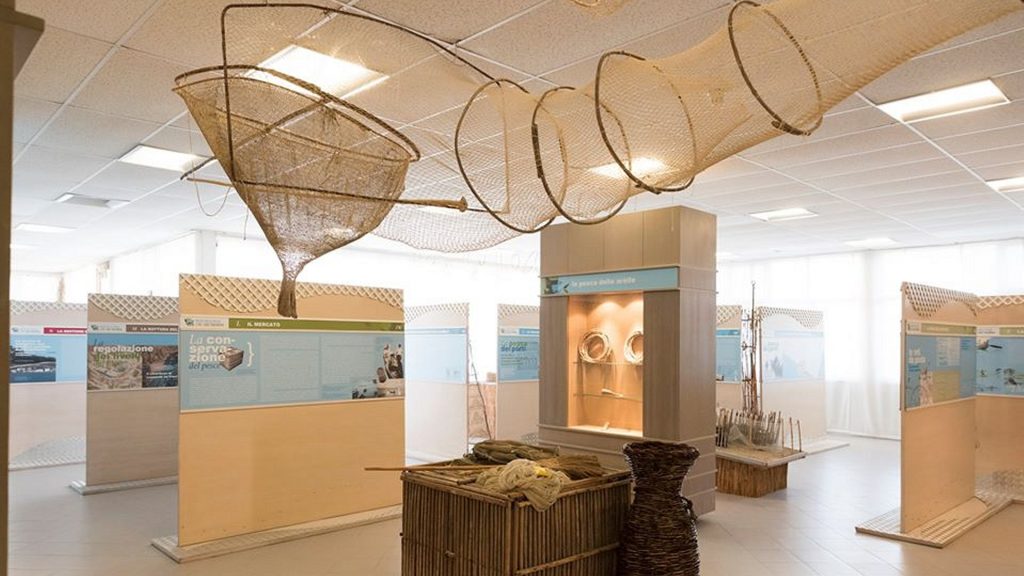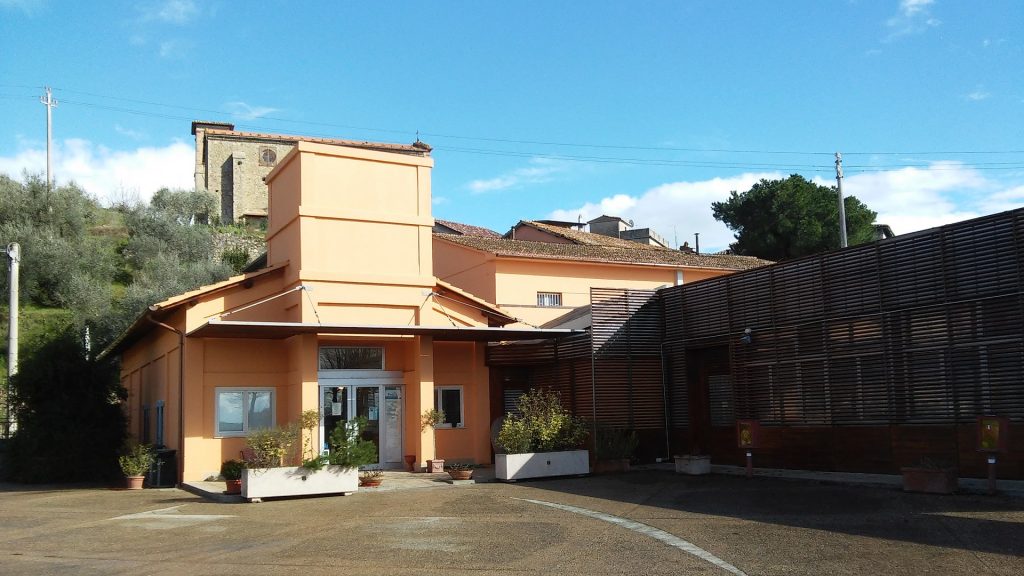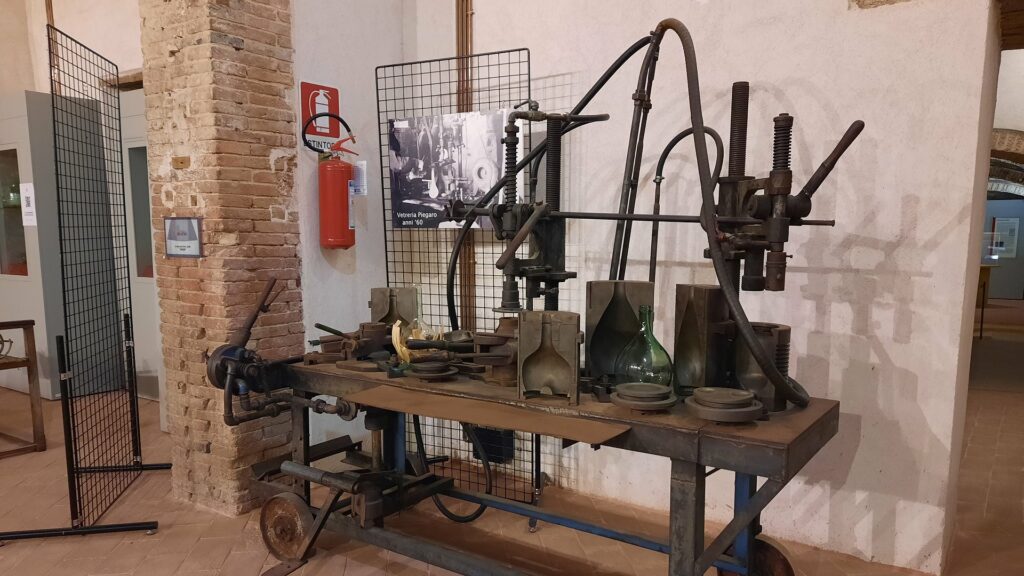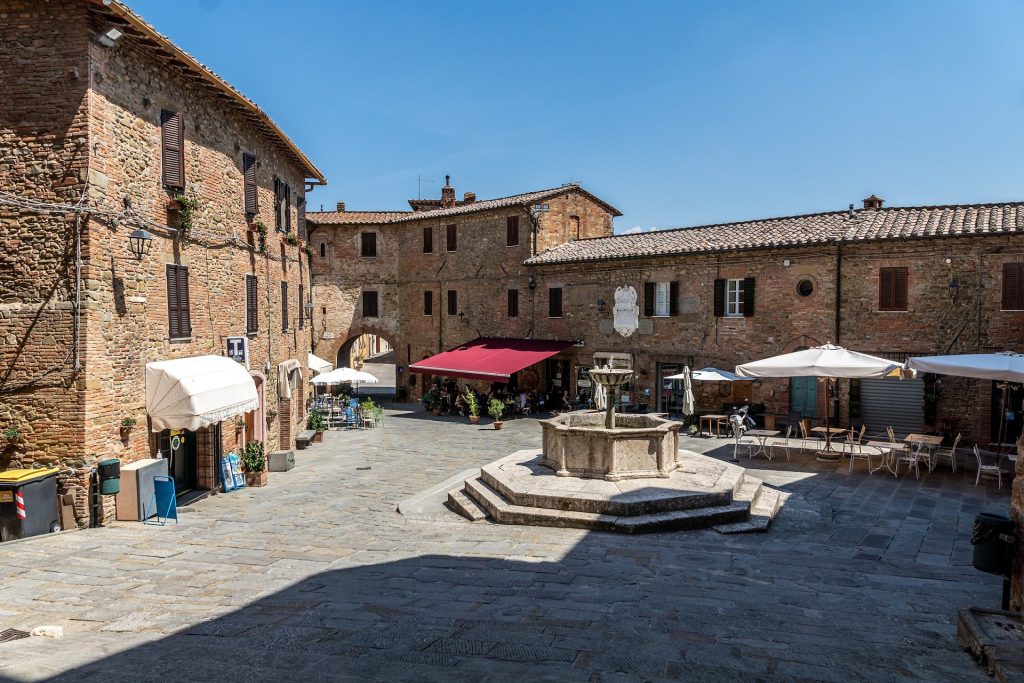A tour that allows one to discover the most significant Umbrian villages also through the experience of their museums that tell the history of the area.
Summary
OFFER SUBJECT TO RECONFIRMATION DUE TO ACCOMMODATION AVAILABILITY. FOR MUSEUM ADMISSIONS AND TRANSPORT, PRICES WILL BE COMMUNICATED ACCORDING TO THE TYPE OF GROUP, AS THERE ARE REDUCTIONS FOR CHILDREN, OVER 65S AND OTHERS. FOR CUSTOMISED QUOTATIONS AND ANY CHANGES OR CLARIFICATIONS IN THE PROGRAMME, PLEASE CONTACT THE AGENCY DIRECTLY.
Trip
Early morning arrival in Corciano. Accommodation at a hotel just a few kilometres from the village.
Departure for Corciano, an oasis of tranquillity immersed in the verdant Umbrian hills and surrounded by mighty walls overlooking a splendid panorama. The 14th-century architecture of the Castle welcomes visitors and guides them through the rich artistic-museum itinerary. Meet at the Tourist Information Office for a visit to the Antiquarium Archaeological Museum. We continue with an accompanied tour of the village and its other museums, starting from the main entrance to the village - Porta Santa Maria - adjacent to the Torrione, a permanent exhibition centre of Medieval and Renaissance Culture, built in 1482. A stop at the parish church of Santa Maria Assunta, which houses the Pala dell'Assunta painted by Perugino (1513) and the Gonfalone della Madonna della Misericordia by Benedetto Bonfigli (1472). It continues with a visit to the Pievania Museum and the Peasant House Museum, testimonies of local culture. The tour concludes with the discovery of the frescoes in the Sala del Consiglio in the Palazzo Comunale, the ancient residence of the Della Corgna family, and a walk along 'via delle mandorle' at the ancient Porta San Francesco to admire the evocative bucolic panorama.
1 p.m.: lunch at the historic Corciano restaurant located inside a beautiful Franciscan residence with the possibility of eating in the cloister while tasting excellent local wines and discovering typical Umbrian cuisine.
4 pm: Departure for Magione, which offers the splendid Torre dei Lombardi and the Castle of the Knights of Malta, where, in addition to the guided tour, it will be possible to taste the estate's excellent wine. Afterwards, departure for the Fishing Museum at San Feliciano and aperitif at the kiosk with a view of Lake Trasimeno.
8 pm: Dinner at a typical restaurant offering all km0 products and return to the hotel.
Breakfast at the hotel followed by departure for Paciano.
Departure for Paciano, a village enclosed by 14th-century walls about 600 metres long, including eight towers and three gates. As the junction between Tuscany and Umbria, visitors can immerse themselves in the ancient atmosphere of Pietro Perugino's 'Landscape' with a walk through the ancient medieval village. Definitely worth a visit are the Palazzo Comunale, the Torre d'Orlando and the Church of San Giuseppe, inside which is a Madonna della Misericordia, a late 15th-century painting by Fiorenzo di Lorenzo. The Confraternity of the Holy Sacrament houses two 15th-century wooden panels and a fresco by Francesco di Castel della Pieve, a painter considered to be a master of Perugino. We continue with a visit to 'TrasiMemo', a museum that collects handicraft knowledge in the Lake Trasimeno area and the Don Aldo Rossi Parish Museum.
Lunch at a typical restaurant located inside the village with a lovely panoramic garden overlooking the Umbrian hills and Lake Trasimeno.
Early afternoon departure for Panicale, a historic and picturesque town perched on the top of a ridge at 441 m above sea level with medieval origins. Visit the village starting from Porta Perugina, where you immediately come to Piazza Umberto I, with its beautiful octagonal travertine cistern dating from 1473, later transformed into a fountain, opposite the 14th-century Palazzo Pretorio. In the adjacent square is the Church of San Michele Arcangelo, of Lombard origin, which contains valuable works of art including the Nativity by Giovan Battista Caporali, a pupil of Perugino (1519) and the fresco of the Annunciation attributed to Masolino da Panicale.
Concluding the tour inside Panicale is the vision of the fresco painted by Perugino in 1505, the Martyrdom of Saint Sebastian, which decorates the back wall of the oratory dedicated to the saint. In the same church, one can admire a detached fresco, the Madonna Enthroned with Musician Angels, which has recently been attributed to the hand of Raphael. The visit ends with the Tulle Museum and an aperitif in the typical village streets.
Dinner at a typical restaurant, the best location for a romantic and unforgettable experience with cuisine firmly rooted in Umbrian tradition, and return to the hotel.
Breakfast at the hotel followed by departure for Città della Pieve.
Città della Pieve, the birthplace of Pietro Vannucci known as 'Il Perugino'. Visit the village and its sights, including the Rocca, an example of medieval architecture commissioned by the city of Perugia in the mid 14th century; the Church of Santa Maria dei Bianchi, which houses one of Pietro Vannucci's greatest masterpieces, the fresco depicting 'The Adoration of the Magi'. Opposite the Cathedral is the Palazzo della Corgna, whose works were entrusted to the Perugian architect Galeazzo Alessi. We continue with a visit to the Museo Civico, which offers another work by Perugino, the 'Deposition of the Cross'. It ends with a stroll through the city streets including the famous Baciadonne alley, considered the narrowest alley in Italy due to its width of just 50-60 centimetres.
Lunch at a historic trattoria in the village, a landmark in the local panorama famous for its Umbrian-Tuscan specialities.
Early afternoon departure for Piegaro, a village founded by the Romans in 290 BC. We continue with a visit to the 'Glass Museum', located in an ancient glass factory, then to the Church of San Silvestro and the Church of the Madonna della Crocetta (16th century), with a wooden statue of Ecce Homo. Both Palazzo Misciatelli-Pallavicini (18th century) and Palazzo dei Conti Bulgarelli di Marsciano can be admired. It ends with the 'Luigi Boldrini Paleontological Museum' located in the nearby locality of Pietrafitta.
The fee includes:
- Overnight stay and breakfast in the hotel as per programme
- Meals in restaurants as scheduled (basic menu)
- Trasimeno Joint Union Museums Single Ticket
- Informational materials
- Insurance and technical agency organisation
The fee does not include:
- Transport
- Tips and extras of a personal nature
- Drinks with meals
- Everything not included in 'The Price Includes'.









